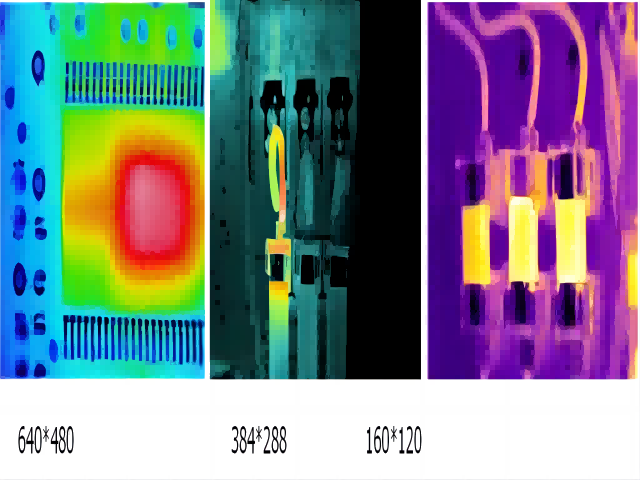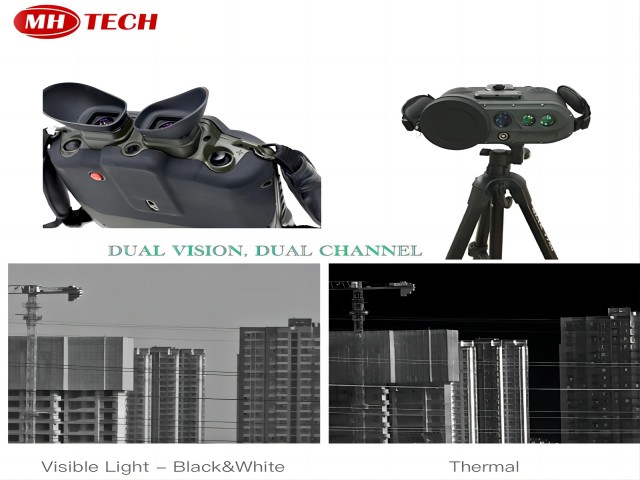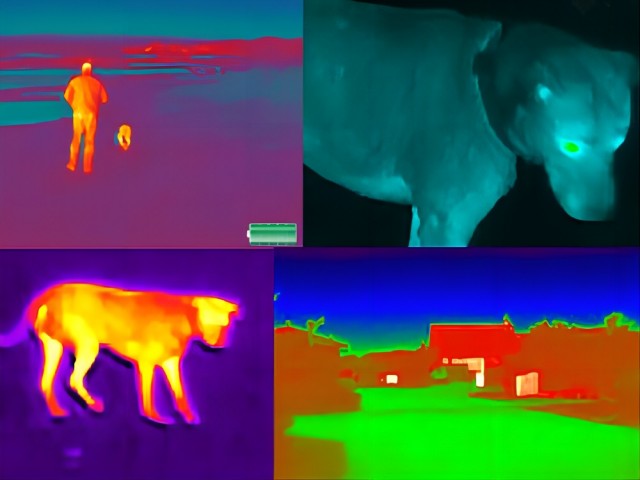
Engineer Manager Name: Jacky
Email: mh_elec@126.com or jacky@mh-elec.com
Choosing the right thermal imaging camera depends on your specific needs and application requirements. Here are some factors to consider that MH offers you:
1. Detection range: The detection range of an infrared camera determines how far it can detect objects or temperature changes. If you need to monitor distant targets, you may need a camera with a longer detection range. And our thermal imaging series products can reach at least a detection distance of more than three kilometers.

2. Resolution: The resolution of the camera refers to the number of pixels it can capture in an image. Higher resolution cameras produce more detailed images, but they may also have a higher price tag. And all the thermal imaging products of MH are the best factory wholesale price and the best quality. First of all, it is necessary to determine the pixel level of the infrared camera to be purchased. The level of most infrared cameras is related to pixels. The relatively high-end products in civilian thermal imaging cameras have pixels of 640*480=307,200. The infrared pictures taken by this high-end thermal imaging camera are clear and delicate, and the minimum size measured at 12 meters is 0.5*0.5cm. The pixels of mid-range thermal imaging cameras are 320*240=110592, and the minimum size measured at 12 meters is 1*1cm; the pixels of low-end thermal imaging cameras are 160*120=19,200, and the minimum size measured at 12 meters The size is 2*2cm. The higher the visible pixels, the smaller the minimum size of the target that can be photographed.

The following figure shows the comparison of three levels of pixel infrared thermal images:
3. Temperature range: Different infrared cameras have different temperature ranges, so it's important to choose one that can measure the temperatures you need accurately.
4. Measurement accuracy: The measurement accuracy of the camera is also important. You should choose a camera with an accuracy level that meets your needs.

5. Environmental conditions: The environmental conditions in which the camera will be used can affect its performance. For example, if you plan to use the camera in harsh environments, you may need to choose a camera that is rugged and durable.
6. Budget: Your budget is also an important consideration. Infrared cameras can vary in price, so it's important to choose one that fits within your budget.
7. Professional training: There are many operating skills in the use of infrared thermal imaging cameras. Analyzing infrared images to improve production quality requires professional report support. This requires suppliers to provide professional and high-quality training. We can provide customers with international level LEVEL1 , LEVEL2, LEVEL3 training and on-site test guidance.

By considering these factors, you can choose the MH infrared thermal camera for your specific needs and application.
Welcome to discuss with our sales engineers!
Engineer Manager Name: Jacky
Email: mh_elec@126.com or jacky@mh-elec.com
